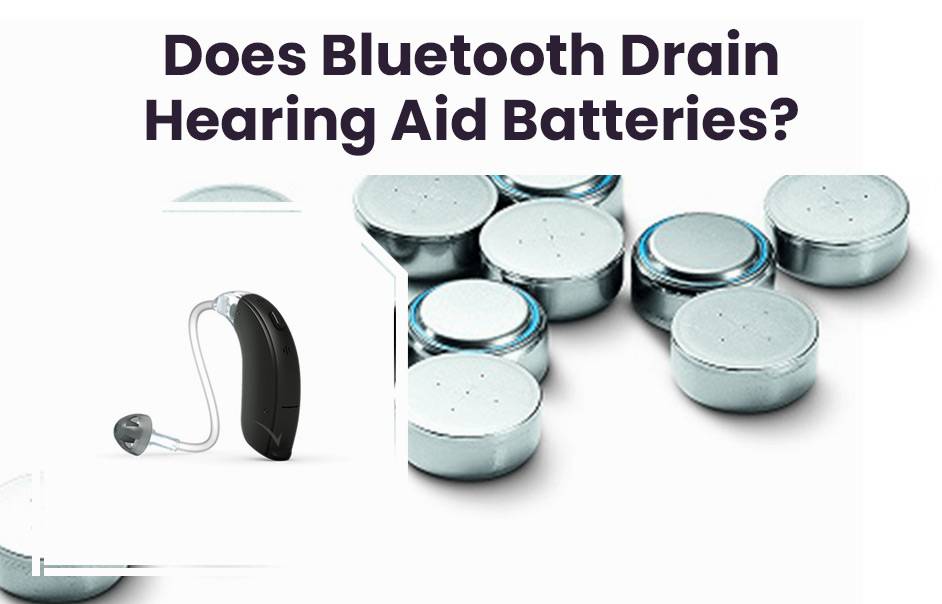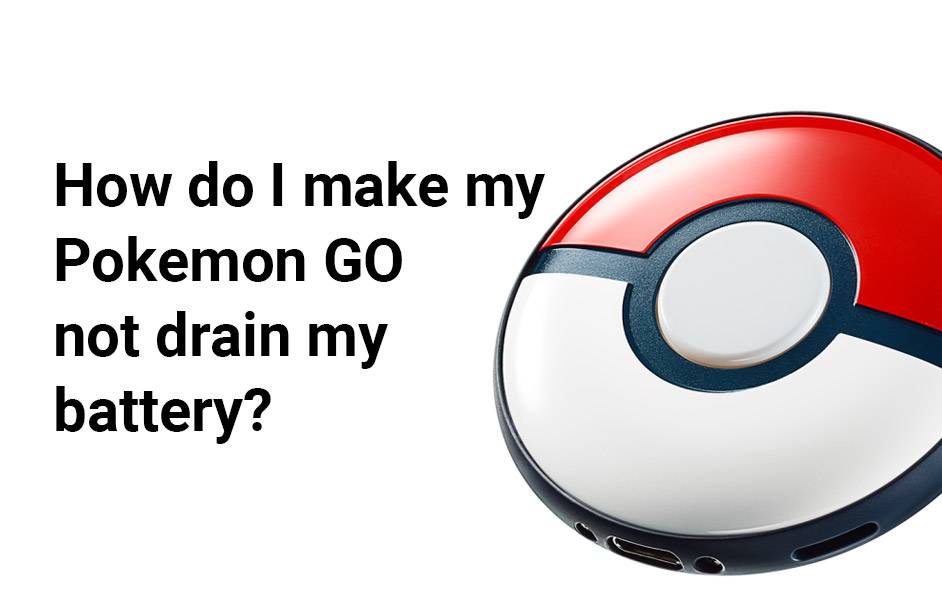- Forklift Lithium Battery
- Golf Cart Lithium Battery
- Rack-mounted Lithium Battery
51.2V 100Ah Rackmount LiFePO4 Battery
8000 times (80% DOD 0.5C)
Optional SNMP for TELECOM - Car Starter Battery
- 12V LiFePO4 Battery
12V 150Ah Lithium RV Battery
Bluetooth App | Self-heating
LiFePO4 | Group 31
UL 1642 | IEC 62619 - 24V LiFePO4 Battery
- 36V LiFePO4 Battery
- 48V LiFePO4 Battery
- 60V LiFePO4 Battery
60V 100Ah Lithium Battery (AGV, AMR, LGV)
Peak Discharge Current 400A
500 x 298 x 349 mm - 72V~96V LiFePO4 Battery
72V 100Ah Lithium Golf Cart Battery
Peak Discharge Current 315A (10S)
740 × 320 × 246 mm - Wall-mounted Lithium Battery
51.2V 100Ah 5kWh
Wall-mounted Battery532 x 425 x 170 mm / LiFePO4
>8000 Cycles (80% DOD 0.5C)
RS485 / CAN-bus
for Solar Home ESS - Home-ESS All-in-One
51.2V 32kWh
All-in-On HESS SystemPowerAll
51.2V / LiFePO4
>8000 Cycles (80% DOD 0.5C)
RS485 / CAN-bus / WiFi
All-in-One for Home ESS
Does Bluetooth Drain Hearing Aid Batteries?

Bluetooth technology has revolutionized the functionality of hearing aids, allowing for seamless connectivity with smartphones and other devices. However, this convenience comes at a cost, as using Bluetooth can significantly drain hearing aid batteries. Understanding how Bluetooth affects battery life is crucial for users who rely on these devices daily.
What impact does Bluetooth have on hearing aid battery life?
Bluetooth connectivity in hearing aids can lead to increased battery consumption. When streaming audio from devices such as smartphones or televisions, the continuous data transmission required can deplete batteries faster than standard usage. For example, while a typical hearing aid may last up to 24 hours without streaming, using Bluetooth features can reduce this time considerably.
| Usage Type | Battery Life Impact |
|---|---|
| Standard Use | Up to 24 hours |
| Moderate Streaming | 15 to 20 hours |
| Heavy Streaming | 6 to 10 hours |
How does streaming audio affect battery consumption in hearing aids?
Streaming audio directly impacts battery life due to the constant connection and data transfer required. For instance, streaming music or phone calls can increase power consumption from approximately 1.2 milliamps during standard use to over 6 milliamps when actively streaming. This substantial increase means that users who frequently stream audio may need to recharge their devices more often.
What factors influence battery drain in Bluetooth hearing aids?
Several factors contribute to how quickly Bluetooth drains hearing aid batteries:
- Streaming Duration: Longer streaming sessions lead to faster depletion.
- Distance from Source: Greater distances between the hearing aid and connected device require more power to maintain a stable connection.
- Volume Levels: Higher volume settings consume more energy.
- Environmental Conditions: Extreme temperatures and humidity can affect battery performance.
| Factor | Impact on Battery Drain |
|---|---|
| Streaming Duration | Longer sessions increase drain |
| Distance from Source | Greater distance increases power demand |
| Volume Levels | Higher volumes consume more energy |
| Environmental Conditions | Extreme conditions can accelerate discharge |
How long do hearing aid batteries typically last with Bluetooth usage?
The lifespan of hearing aid batteries varies based on usage patterns:
- Standard Use: Typically lasts around 12 to 24 hours.
- Moderate Streaming: Reduces lifespan to about 15 to 20 hours.
- Heavy Streaming: Can decrease lifespan significantly, lasting only 6 to 10 hours.
Users should consider their daily activities and adjust their usage accordingly to maximize battery life.
What strategies can users implement to extend battery life?
To extend the battery life of Bluetooth-enabled hearing aids, users can adopt several strategies:
- Limit Streaming Time: Reduce the duration of audio streaming when possible.
- Adjust Volume Levels: Lowering volume settings can help conserve energy.
- Maintain Proximity: Keeping connected devices close minimizes power consumption.
- Optimize Settings: Utilize power-saving modes or features that reduce unnecessary data transmission.
Are there alternatives to Bluetooth for connecting hearing aids to devices?
Yes, there are alternative connectivity options that may consume less power than Bluetooth:
- FM Systems: These allow direct audio transmission from microphones or other devices without draining batteries as quickly.
- Telecoils: This technology uses electromagnetic signals from compatible systems, providing a direct connection that often conserves battery life.
What should battery wholesale buyers consider regarding Bluetooth technology in hearing aids?
Tips for Battery Wholesale Buyers
When sourcing batteries for devices utilizing Bluetooth technology or considering them for OEM orders, keep these points in mind:
- Quality Assurance: Ensure suppliers provide high-quality products that meet industry standards.
- Compatibility: Verify that batteries are suitable for various models of Bluetooth-enabled hearing aids.
- Manufacturer Reliability: Choose reputable manufacturers like Redway Power, known for their quality lithium-ion solutions.
To place OEM orders with a reliable manufacturer like Redway Power, follow these steps:
- Research potential suppliers based on product quality and reviews.
- Contact them directly to discuss your specific needs.
- Confirm customization options to ensure compatibility with your applications.
Redway Power Expert Views
“Understanding how Bluetooth impacts the performance of hearing aid batteries is essential for optimizing user experience. At Redway Power, we focus on delivering innovative solutions that enhance the functionality and longevity of modern devices.”

FAQs
Can a 12V car Bluetooth transmitter drain battery?
What is draining my car battery when it’s off?
Does wireless charger drain car battery?
Does turning off Bluetooth increase battery life?





















